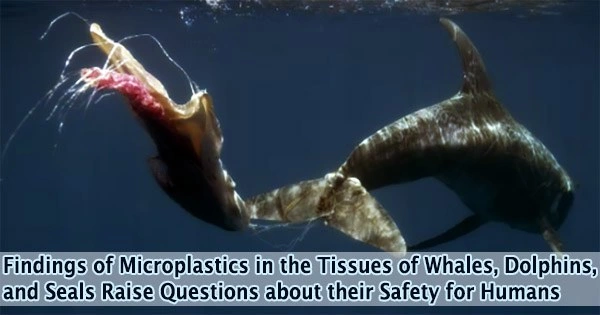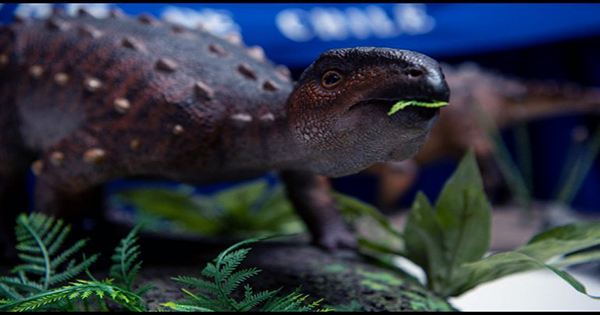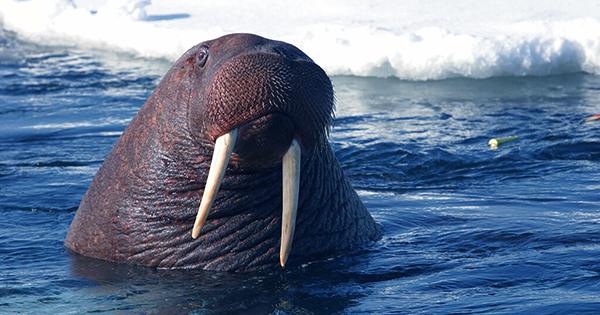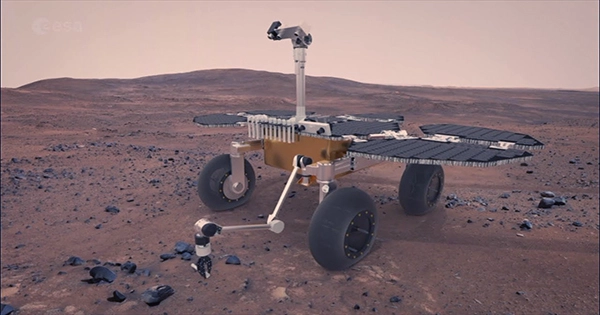Numerous human activities pose a hazard to marine creatures such manatees, dugongs, seals, sea lions, sea lions, whales, and dolphins. Several species, including the Vaquita porpoise, Rice’s whale, and the North Atlantic right whale, have been brought dangerously close to extinction.
Plastic debris poses a particularly significant problem. Marine mammals can ingest plastic bags, food wrappers, ropes, and fishing gear that has been left behind, or they get stuck in plastic objects like fishing nets. Both possibilities carry the risk of harm and, frequently, death.
Autopsies carried out on 34 dolphins and whales stranded along the Greek coastline in 2019 found that nine of them (from four different species) had ingested plastic and plastic consumption was identified as the cause of death in three of these animals.
And now, a recent US study has revealed that marine mammals face a more subtle plastic threat: microplastics.
In the ocean, microplastics (tiny plastic particles measuring less than 5mm) commonly accumulate in an animal’s gills or digestive tract. The most recent research, however, discovered microplastics in several other tissues of numerous whale, dolphin, and seal species.
This suggests that microplastic particles are somehow able to move from one part of an animal’s body to another (or “translocate”). This finding may carry health implications not only for marine mammals, but humans too.
Contaminated tissues
The scientists collected tissue samples from 32 unique creatures representing 12 different marine mammal species. These animals had either been stranded or harvested between 2000 and 2021.
Samples were taken from the animals’ blubber, melon (the fatty structure found in a whale’s forehead), acoustic fat pads (from the jaw), and lung tissue. All of them are essential for marine mammals’ ability to breathe, hear, locate prey, and stay warm.
Every single melon, acoustic fat pad, and lung tissue sample, as well as 64% of the blubber samples, contained microplastics, according to analysis of the samples. The particles in the tissue samples ranged from very small (24µm) to relatively large (1,387µm).
Tiny particles, big impact
We now have some knowledge about the potential effects of microplastics on small marine species thanks to research. At Plymouth Marine Laboratory, we have shown that exposure to microplastic particles can affect feeding, growth and reproduction in animals that filter seawater or sediment for food.
Evidence of the impact of microplastics on larger animals is, by comparison, limited. This is because our understanding largely stems from observations of animals that are dead.
However, research has indicated that seabirds’ stomachs can develop scar tissue as a result of exposure to microplastic pieces. Additionally, there are worries that the toxins in marine plastic litter may swallowed by marine mammals and contaminate their tissues.
So it’s likely that the health of marine mammals may be impacted by the passage of microplastics from saltwater and prey items into their tissues. In the worst case, the buildup of these particles can result in the loss of vital functioning in these tissues. However, further understanding of the implications of microplastic presence in body tissues is needed.
A concern for human health?
Because microplastics can build up in body tissues, it’s possible that more plastic debris is transported to top predators like humans than is currently believed.
It’s generally believed that only very small microplastics (particles less than 100µm) can move from the gut or respiratory system into the bloodstream. By doing this, the amount of microplastics absorbed when eating marine animals would be reduced.
This assumption, however, may not be accurate given that the US study discovered the presence of bigger microplastic particles in non-digestive tissues. Diverse sizes of microplastic have also been found in the non-digestive tissues of commercial fish, according to independent investigations conducted in the Persian Gulf and the Black Sea.
Together, these findings could have implications for human health. Marine mammal meat and blubber are an important food source within certain Indigenous communities. And many people consume fish as part of their diets.
Currently, eating shellfish poses a lower risk of absorbing microplastics than drinking bottled water. However, microplastics are becoming more common in the marine environment, and it is now known that both humans and animals can be exposed to these particles through their bloodstreams. Microplastic fragments have been discovered in human placenta and blood samples.
Small fish and invertebrates exposed to microplastics often suffer deleterious effects, as shown by laboratory research. The effects of microplastic ingestion on larger mammals like whales, dolphins, and humans, however, are still not well understood.
The increasing amount of microplastics in the marine environment more than 170 trillion plastic particles is what we can be assured of. It is absolutely necessary to make efforts to halt the flow of plastic into the marine ecosystem.
















